An expert guide to cruising the Canary Islands
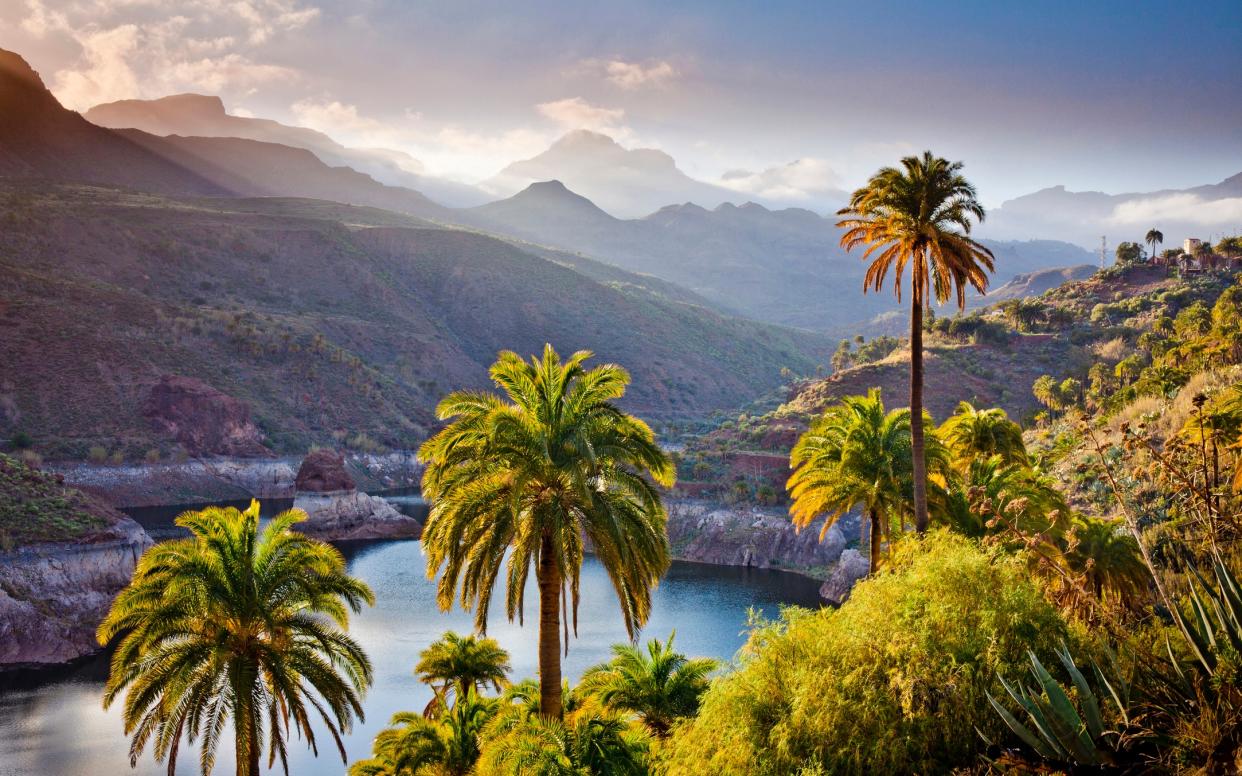
Lying south west of Spain in the Atlantic Ocean, the archipelago is made up of seven main islands: take a bow Tenerife, Lanzarote, Gran Canaria, Fuerteventura, La Palma, La Gomera and El Hierro. Those most frequently included on cruise itineraries are Tenerife, Gran Canaria and Lanzarote.
Most visitors are lured to the Canaries by the 600 miles of coastline and swathes of sunshine soaked beaches – this year-round cruise destination has an average annual temperature of close to 24 degrees Celsius. However, venture beyond the busy holiday resorts and buzzing nightlife and you step into a totally different world, one of deep, wild forests, volcanic craters, lunar landscapes and time warp villages.
Cruises leaving from and returning to Southampton such as Fred Olsen’s Canary Island History, P&O and Cunard are ideal for those who prefer not to fly. Ex-UK cruises are usually 12 to 14 nights long and stop at various ports enroute including La Coruna in Spain, Funchal in Madeira and Lisbon in Portugal.
Each of the Canary Islands has its own character and offers a variety of sights and experiences during one cruise. Here is a taster of what to expect.
La Palma
La Palma is a Unesco-listed biosphere reserve, and one of the world’s best spots for stargazing. The Roque de los Muchachos Observatory houses one of the world’s most powerful telescopes.
Despite being the island's main cruise port, Santa Cruz has a sleepy charm with cafés to linger in, shops and churches to wander around and an outdoor market selling locally produced ceramics, lacework and embroidery. The naval museum, built as a replica of Columbus' ship, the Santa Maria, is worth visiting, while the more adventurous visitor might consider an excursion to the forested Caldera de Taburiente National Park, which is laced with hiking trails. It’s offered by most cruise lines, including Fred Olsen.
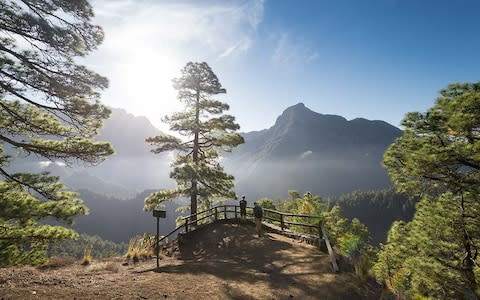
Gran Canaria
Las Palmas, the island’s port and energetic capital, has some beaches that are definitely worth a visit, including urban beach Playa de las Canteras with its bustling promenade lined with cafés and shops. Las Palmas is also where you can hike the Bandama Crater, one of the youngest volcanoes, half a mile in diameter and 220-metres deep – with an ancient abandoned homestead at the bottom.
If you prefer to go high rather than low, you can splurge on a helicopter ride and see the island’s rugged beauty from above. Lines including Silversea offer this weather-dependent excursion.

El Hierro
Remote, rugged and pocked with volcanic craters, El Hierro – the smallest and least developed island – was once believed to be the end of the world. A unique sight here caused by the permanent and sometimes strong trade winds are the silvery trunked juniper trees which grow in bizarre, contorted shapes at El Sabinar, a desolate stretch of coastline. Ships that visit El Hierro dock in pint-sized Puerto de la Estaca, around 10km from the tiny capital, Valverde village. Cruises which make a stop here include Saga’s Tastes of Spain and Portugal itinerary.
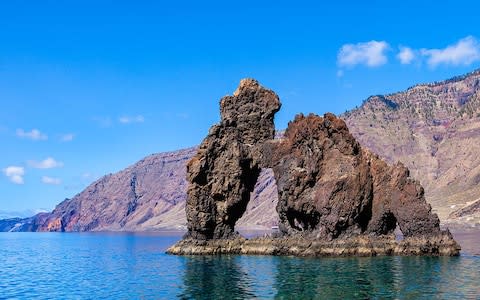
Tenerife
Docking in Santa Cruz de Tenerife means a dizzying choice of excursions on offer. Don't automatically opt for the cruise line's own excursions though: you could go it alone by hiring a car to explore the island where the discovery of extensive prehistoric woodlands, time warp villages and deserted beaches await. The island’s most famous attraction is Teide National Park where parts of Star Wars and Planet of the Apes were filmed. El Teide is Spain’s highest mountain at 3,718m. Energetic folks might want to climb to the top, the less athletic can jump in a cable car and be whisked up there. Meanwhile, those who prefer to spot dolphins, whales and porpoises could book a glass-bottomed boat trip. These can easily be arranged independently on arrival.
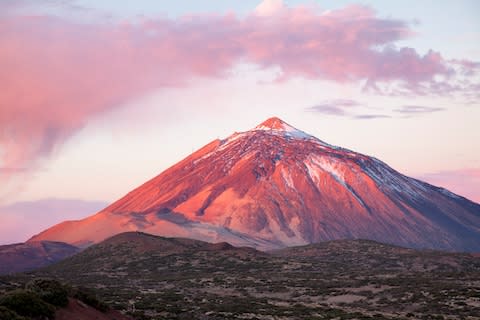
La Gomera
Nature rules in pretty La Gomera, a circular island of banana plantations, dense pine and laurel forests, and zigzag hiking trails. Some lucky visitors might even come across a few locals who still communicate across the island’s deep ravines by means of an ancient whistled language called Silbo.
There is plenty of history to uncover in San Sebastian, the main town and port from which Christopher Columbus set sail for the New World, while Unesco-listed Garajonay National Park, Europe’s oldest primeval forest is a must visit. A guided shore excursion is probably the best option for tackling this ancient ecosystem.
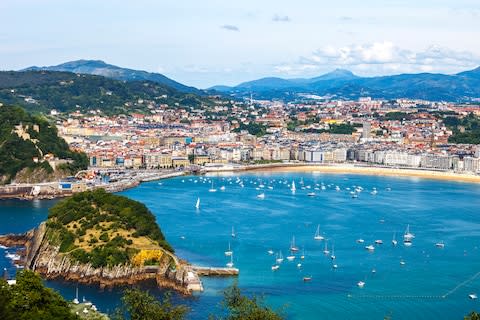
Fuerteventura
The island is popular with windsurfers and its proximity to the Sahara is the reason for its particularly sunny weather. Sleepy La Oliva, once the island’s capital, is a showcase of Canarian architecture, while the village of Lajares is known for its lace making and embroidery workshops. Join a group excursion by Trike starting from the cruise port Puerto del Rosario and heading off to explore the island. There is a stop for refreshments in Betansuria, one of the Canaries' oldest towns. As many as three people can ride on one trike, so it makes a great family outing. This is offered on P&O’s 14-night Canary Islands cruise.
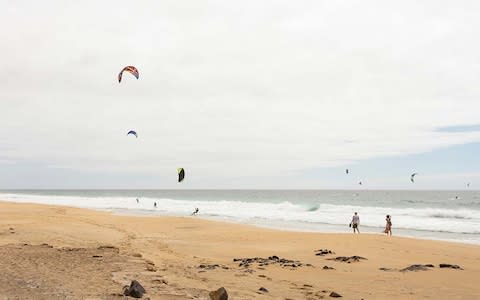
Lanzarote
This is the archipelago’s most easterly island and adored by sun worshippers for its black and white sand beaches. Oenophiles also rate it thanks to the Malvasia grape which grows in volcanic ash – the resultant wine favoured by European aristocracy.
Ship excursions include visits to wineries and a drive – or for the more adventurous a camel ride – to Timanfaya National Park’s Fire Mountain which gets its name from the red and black lunar landscape. If you are one of those who believe the volcano is extinct, then you will change your mind as your guide performs experiments to prove it is only dormant. This excursion is an option from several cruise companies such as Cunard.
Inspiration for your inbox
Sign up to Telegraph Travel's new weekly newsletter for the latest features, advice, competitions, exclusive deals and comment.


